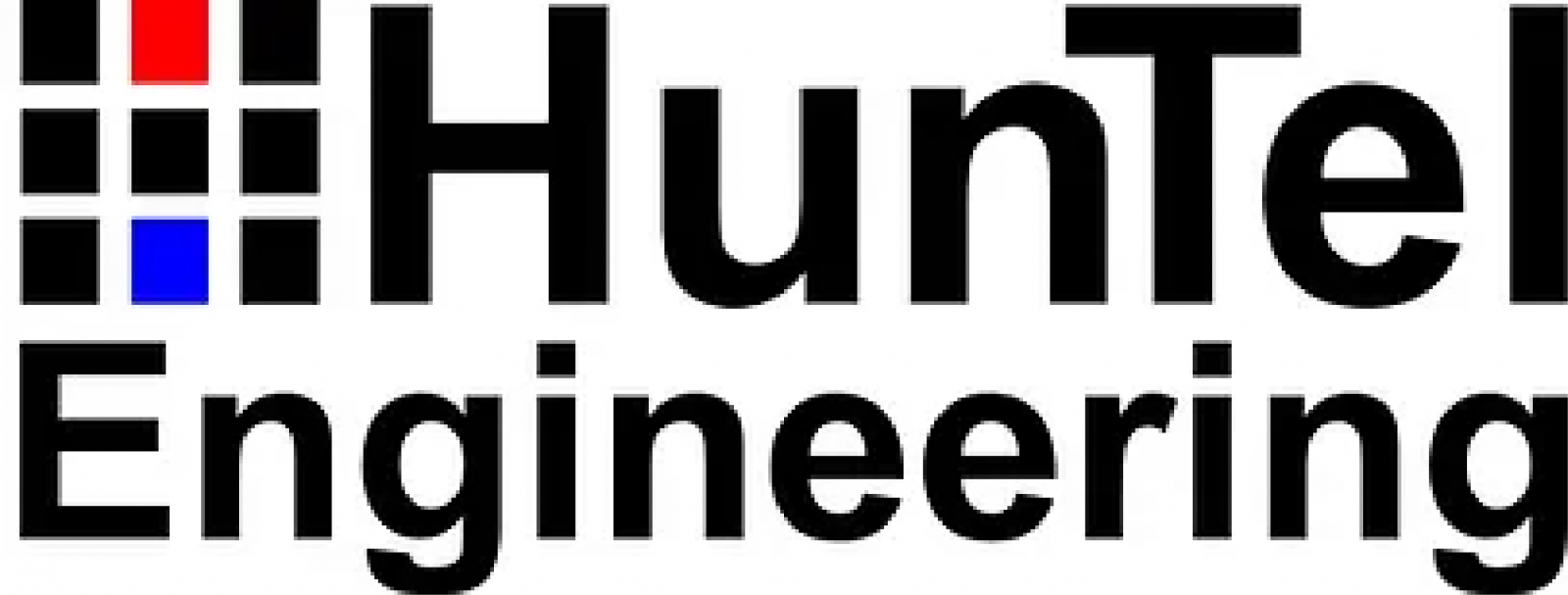FIBER CONSTRUCTION

Pre-Construction
Before any fiber is laid in the ground, our contracted engineers (HunTel) plan the layout of fiber routes and distribution points for your neighborhood. After the project is engineered, we will obtain the necessary permits to comply with all regulations and standards. Following that we ensure that all utilities have been properly located and marked so we can safely begin construction. To be included in our construction plans and to be notified of progress updates, sign up today!

Construction
Construction begins with building the main fiber line to distribution points throughout your neighborhood. From there we construct a service drop directly to your home. This could be done aerially or directionally bored from the pedestal to your home. Once the fiber drop is in place a WTC technician will install a Network Interface Device (NID), typically close to where the power company runs their line into your home. We will notify you of progress updates so you are aware of the work taking place in your neighborhood. CLICK HERE to view a diagram of the construction process. It is important that you have signed up, so we are able to include your home in our construction plans!

Splicing
Once the construction is completed, our team will access each splice vault and pedestal throughout your neighborhood to fuse the individual fibers that will eventually connect to your home and/or business. Then we test the speed of light as it passes through the fiber to make sure your connection is GIG-fast.

Installation
Once splicing is complete your home is ready for installation! We will notify you when your home is ready for service. From there, you can select what services you want and schedule your installation.
The flags or marking in your area were placed by the local utilities companies and help our team identify where the utility lines are underground. When WTC begins fiber construction, we use these markings to protect against damage to your property or utilities. Please see the list below for an explanation of utility color associations.
- White: proposed excavation.
- Pink: temporary survey markings.
- Red: electric power lines, cable, conduit, and lighting cables
- Yellow: gas, oil, steam, petroleum, or gaseous materials
- Orange: communication, alarm or signal lines, cables or conduit
- Blue: potable water
- Purple: reclaimed water, irrigation and slurry lines
- Green: sewer and drain lines
A government entity (e.g., city, county, township) owns small but specific portions of your property to access and maintain utilities. We work with these entities to access these areas as we build our fiber network.
A utility easement allows a utility the right to use and access a specific area of your property for constructing, operating and maintaining gas, electric, tele-communications, water, and sewer lines. The easement is often a permanent restriction on the property so that it transfers ownership with the home or property when sold. Having an easement gives the utility the right to use the land, but the utility does not own it.
A “right-of-way” is the surface and space above and below any real property in which a government entity has an interest as an owner or trustee for public travel including public streets, highways, avenues, roads, alleys, easements, sidewalks, tunnels, viaducts, or bridges.
During the pre-construction phase, our engineering team determines the most efficient way to provide service. They select the least invasive intersecting rear property point as the general location for a pedestal which is often in the center of four property corners. From that point, the pedestal location is identified based on the following factors:
- Existing underground utilities.
- Location of the underground conduit that will feed the pedestal.
- Proximity to other pedestals.
- Landscape features and/or obstructions.
- Ease of accessibility for crews to construct and maintain the network.
24/7 Help Desk | 877-982-1912
Email | support@wtcks.com
Submit a question form below and we will get back to you ASAP.
- Larson Construction, Inc.
- Rylie Equipment & Co.
- JMI Construction
- JMJ Construction
- Edge Underground
- HyperTower
Questions or concerns?
Leave a comment below and we’ll get back to you as soon as possible!




